Explore the Best of India’s Agni Missile. In an era where security and defence are paramount concerns, the Agni Missile stands as a testament to India’s commitment to safeguarding its sovereignty and ensuring peace in the region. The Agni Missile series, produced by India, is designed to conquer any war. It serves as India’s primary weapon to neutralize any future threats. Moreover, it represents Indian supremacy and stands as an astonishing achievement in the Asian region to counter and dismantle any threats from adversaries, particularly China.

Agni Missile is one of the introductions to our infinite power, which tells the world that, if an enemy challenges our sovereignty, we know how to give a befitting reply.
This family of ballistic missiles, developed by India, encompasses a range that spans from medium to intercontinental distances. These missiles represent surface-to-surface ballistic weaponry equipped with an extensive range and nuclear capability. The creation of the inaugural missile in this series, Agni-I, occurred in 1989 under the aegis of the Integrated Guided Missile Development Program (IGMDP).
Following its successful testing, the Agni missile program was subsequently separated from the IGMDP, acknowledging its growing strategic significance. Renowned for its formidable capabilities, the Agni Missile series continues to assume a pivotal role in India’s defence strategy, effectively countering and neutralizing potential threats from adversaries, most notably China, within the Asian region.
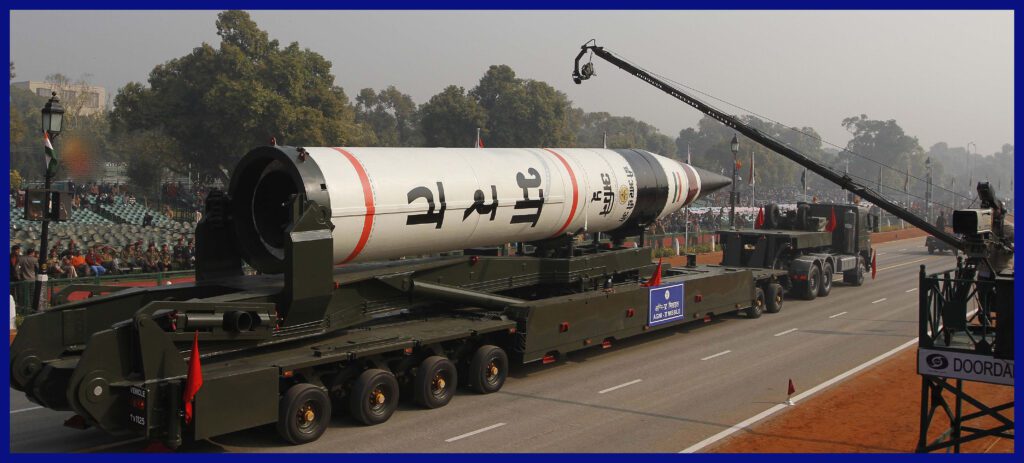
Under India’s defence budget, it was designated as a special programme and received sufficient funding for future development. The family of missiles is made up of the following Series:
- Agni –I, II and Agni Prime are under Medium Range Ballistic Missile ( MRBM ) with a range from 700 to 3,000 km distance target can hit.
- Agni – III & IV are under Intermediate-Range Ballistic Missile ( IRBM ) with a range from 3,000 to 5,000 km distance target can hit.
- Agni – V & VI are under Intercontinental Ballistic Missile ( ICBM ) with a range from 7000-12,000 km distance target can hit.
All missiles in this family are long-range, nuclear weapons capable, surface-to-surface ballistic missiles. However, as of 2023, it’s important to note that Agni-Prime and Agni-VI, both missiles, are currently under development.
About Agni-I
At the Interim Test Range in Chandipur, Odisha, the two-stage Agni technology demonstrator, featuring a solid-fuel first stage, underwent its initial test in 1989. This missile system has a maximum weight capacity of 1,000 kg (2,200 lb) and is capable of carrying either a conventional or nuclear payload. Agni-I, weighing 12 tonnes and measuring 15 meters in length, can reach speeds of up to 2.5 kilometres per second and boasts a range spanning from 700 to 1,200 km.
Agni missiles are categorized into one or two stages, available in both short-range and long-range variations, as well as intermediate-range options. These missiles can be transported by both rail and road and are propelled by solid propellants. The deployment and management of Agni-I fall under the jurisdiction of the Indian Army’s Strategic Force Command (SFC). Extensive testing has conclusively demonstrated that Agni-I is an affordable, straightforward, accurate, and easily transportable surface-to-surface missile system.

About Agni-II
Agni-II is approximately 20 meters long, has a one-meter diameter, and weighs approximately 18 tonnes. The MRBM’s range falls within the range of 2,000 to 3,000 km. Agni-II’s design incorporates the use of solid propellant in each of its two stages. It features a Post Boost Vehicle (PBV) integrated into the missile’s Re-entry Vehicle (RV). The manoeuvrable RV of the Agni is constructed from a lightweight carbon-carbon composite material capable of withstanding significant thermal stresses during re-entry, even when travelling along different trajectories.
A long-range missile with nuclear weapon capabilities, already integrated into the nation’s weaponry, underwent a successful training launch by the Strategic Forces Command on August 9, 2012. This exercise took place at Abdul Kalam Island in Bhadrak district and involved army personnel as part of their training regimen. Furthermore, India achieved a significant milestone by successfully conducting the inaugural nighttime trial of the nuclear-capable intermediate-range ballistic missile Agni-II from Abdul Kalam Island, situated off the coast of Odisha, on November 16, 2019.
About Agni-III
This missile, known as Agni-III and the third iteration in the Agni series, was officially inducted into service in 2011, succeeding the Agni-II. It boasts a remarkable range spanning from 3,000 to 4,500 kilometres and has the capacity to carry a warhead weighing up to 1.5 tonnes. Agni-III is specifically designed for the purpose of reaching targets located deep within China. The missile is equipped with advanced navigation, guidance, and control systems, as well as sophisticated onboard computer systems.
These electronic systems are engineered to withstand heightened levels of vibration, heat, and noise. An indigenous high-performance ring laser gyro-based inertial navigation system, which was flight-tested for the first time on February 7, 2010, contributes to its precision. Notably, this missile employs solid propellant in both of its stages.
According to reports, the Circular Error Probability (CEP) of Agni-III missile is estimated to be approximately 40 meters, solidifying its position as the most precise strategic ballistic missile in its range and category on a global scale. This level of accuracy holds particular significance because it enhances the “kill efficiency” of the weapon. Consequently, Indian weapon designers have the capability to employ smaller-yield nuclear warheads, such as 200 kilotons of thermonuclear or boosted fission, while simultaneously increasing the lethality of the strike.
As a result, India has the capability to utilize significantly less fissile and fusion materials, such as plutonium and lithium deuteride, in comparison to other nations with larger nuclear arsenals. Achieving equivalent lethality with older ballistic missiles, such as those employed by early nuclear states, required the use of higher-yield warheads, typically in the range of 1-2 megatons. Furthermore, claims have been made that this missile possesses the potential to target strategic objectives located well beyond the 3,500-kilometer range when employing smaller payloads.
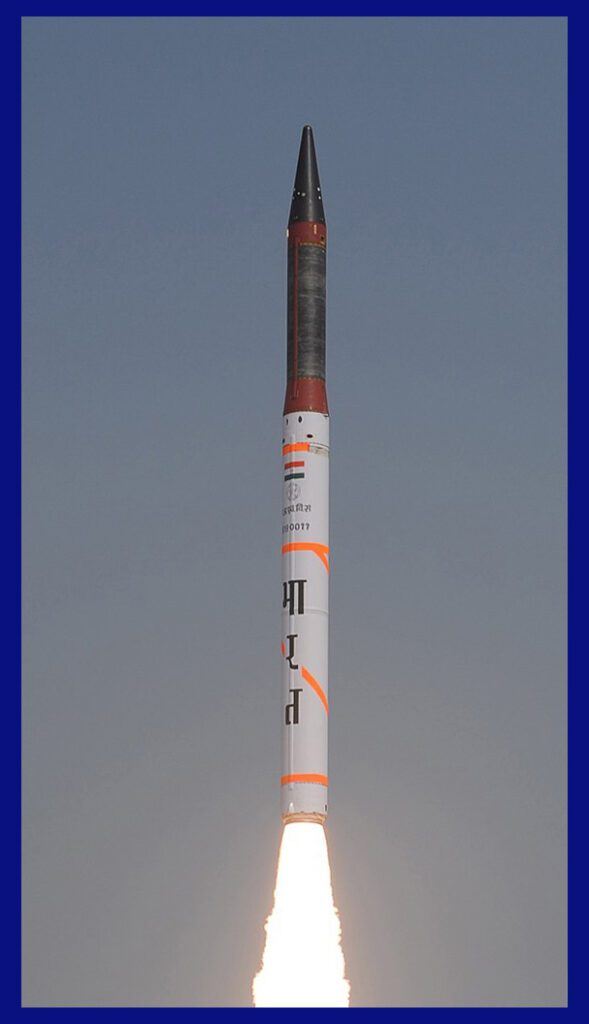
About Agni-IV
The Agni-IV is the fourth missile in the Agni line. It contains a variety of new technologies and a substantial advancement in missile technology, both of which were developed by India’s DRDO. The missile is lightweight and has a payload with a re-entry heat shield, and two stages of solid propulsion. If fired from the northeastern region of India, it has a 4,000 km range and is capable of hitting targets almost everywhere on the whole mainland of China. Its length is 20 meters and its launch weight is 17 tonnes. It can be fired from a road-mobile launcher.
This missile possesses a lightweight design and employs a two-stage rocket engine fueled by solid propellant. It notably incorporates a Composite Rocket Motor, which has been employed for the first time and has demonstrated exceptional performance. The missile system is equipped with state-of-the-art, compact avionics featuring redundancy to ensure a high level of reliability. An indigenous-built ring laser gyroscope is utilized, known for its high accuracy, in conjunction with the Micro Inertial Navigation System (MINGS). These systems complement each other, providing redundancy and enhancing the missile’s overall performance.
Agni-IV serves as the intermediary link between Agni-II and Agni-III, addressing the gap between these missile systems. The warhead of Agni-IV has a weight of one tonne, and in conjunction with its improved range performance, it is designed to enhance kill efficiency. To substantially increase Agni-IV’s resistance to countermeasures, efforts have been made to reduce its radar cross-section and other observable characteristics significantly.
During the course of six years, Agni-IV has undergone seven successful tests. From the first successful test, which was completed on November 15, 2011, through the most recent test, which was completed on June 6, 2022.

About Agni-V
The Agni-V is an intercontinental ballistic missile (ICBM) equipped with land-based nuclear capabilities, developed by India’s DRDO. This missile has the capacity to cover distances exceeding 7,000 kilometres. According to Indian authorities, the solid-fueled Agni-V is deemed more than adequate to address current security concerns and threat perceptions. Even with a range of 5,000 kilometres, the Agni-V has the capability to target any location in China, including Beijing.
The missile has been designed to strike targets across Asia and into Europe. The missile’s range will allow the Indian military to target all of China from Agni-V bases, in central and southern India, further away from China. By using a canister-launch missile system, which is different from those of the prior Agni missiles, the missile was made to be simple to transport by road. Moreover, MIRV (multiple independently targetable re-entry vehicles) payloads are being developed and will be carried by Agni-V. A single missile with MIRV capability can deliver numerous warheads to several targets.
The missile guidance & navigation systems are much higher than their predecessors. After the Sixth test of the Agni-V missile, in June 2018 the missile was inducted into the Strategic Forces Command ( SFC ) of the Indian Armed Forces. After the SFC successfully completed the first-night trial of Agni-V on December 15, 2022, media sources said that the missile had become 20% lighter as a result of the use of composite materials, which can extend the missile’s range beyond 7,000 kilometres if necessary.
The guidance system for Agni-V primarily relies on a ring laser gyroscope-based inertial navigation system (RLG-INS) to guide the missile accurately to its intended target. Additionally, Agni-V is equipped with a secondary guidance system known as the micro inertial navigation system (MINGS) to serve as a backup in case of any contingencies.
The Agni-V technology possesses the potential to enable the development of an Anti-Satellite Weapon (ASAT). To effectively engage such weapons, they would need to reach an altitude of approximately 800 kilometres. The Agni-V system provides the necessary boosting capability, and the accompanying ‘kill vehicle,’ equipped with advanced seekers, is capable of homing in on the target satellite with precision.
It is understood that Agni-V is furnished with Multiple Independently Targetable Reentry Vehicles (MIRVs), allowing each missile to carry between 2 to 10 distinct nuclear warheads. Each of these warheads can be designated to target different locations, separated by hundreds of kilometres. Alternatively, two or more warheads can be assigned to a single target. The inclusion of MIRVs enhances the missile’s capability to deliver a credible strike.
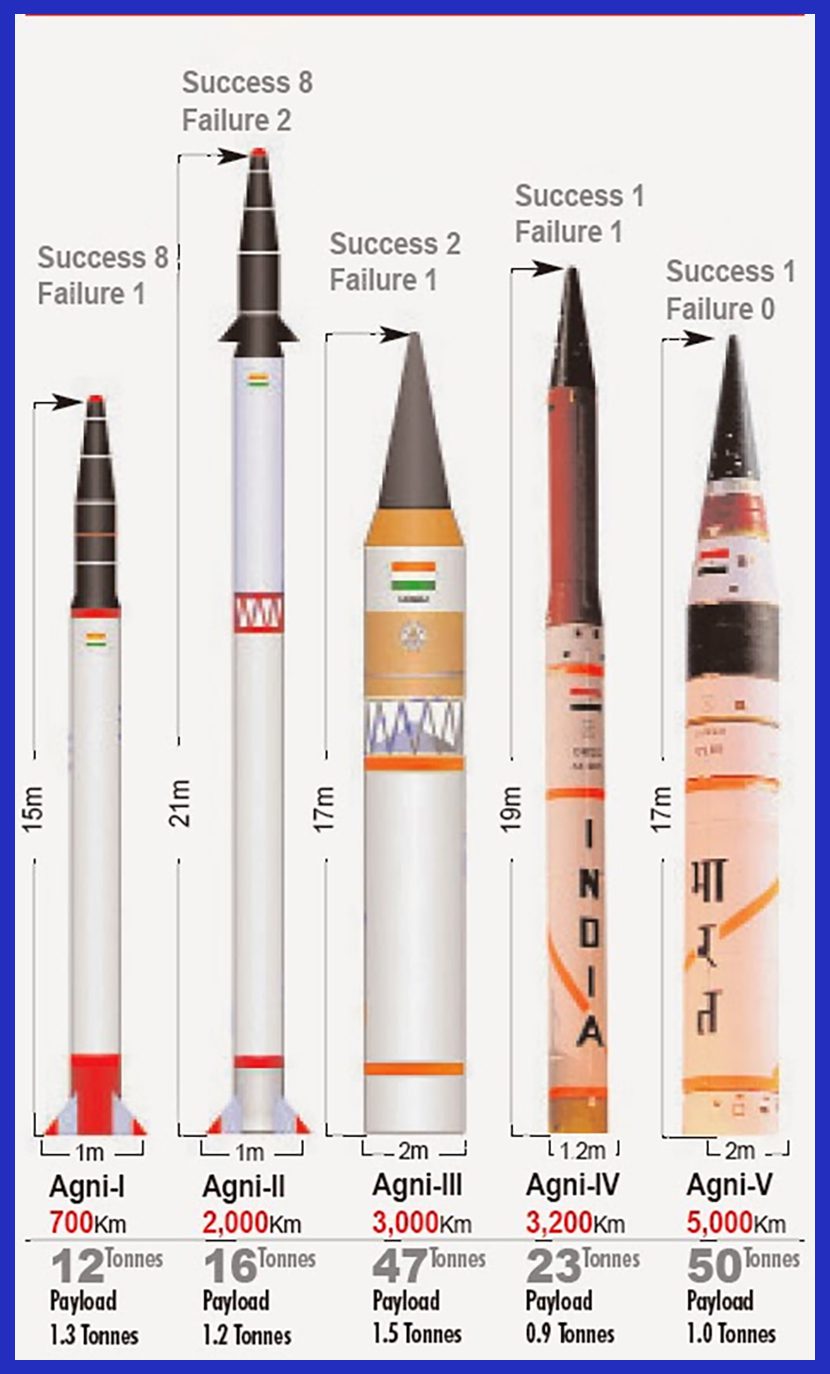
About Agni-VI
India is in the process of developing a four-stage intercontinental ballistic missile known as Agni-VI. This missile has progressed from the design phase and is currently in the hardware development stage. Agni-VI is expected to incorporate multiple independently targetable reentry vehicles (MIRVs) as well as Manoeuvrable Reentry Vehicles (MaRV) to enhance its capabilities.
Moreover, Agni VI will have a longer range, the exact number of which is currently classified, thanks to these agile warhead design concepts. It was anticipated to undergo flight testing by 2017 and will be taller than its forerunner Agni V. The engineering work has begun and all calculations have been performed by DRDO.
Reportedly, Agni-VI represents the latest and most advanced model within the Agni missile series. Sources suggest that Agni-VI is expected to possess a striking range of approximately 12,000 kilometres, with the capacity to carry as many as 10 Multiple Independently Targetable Reentry Vehicle (MIRV) warheads. This next-generation Agni-VI missile is anticipated to be more streamlined, compact, and easily deployable.
Agni VI is currently in development, and in parallel, the DRDO (Defense Research and Development Organization) is working on the ‘K’ series missile variants for Submarine-Launched Ballistic Missiles (SLBMs).
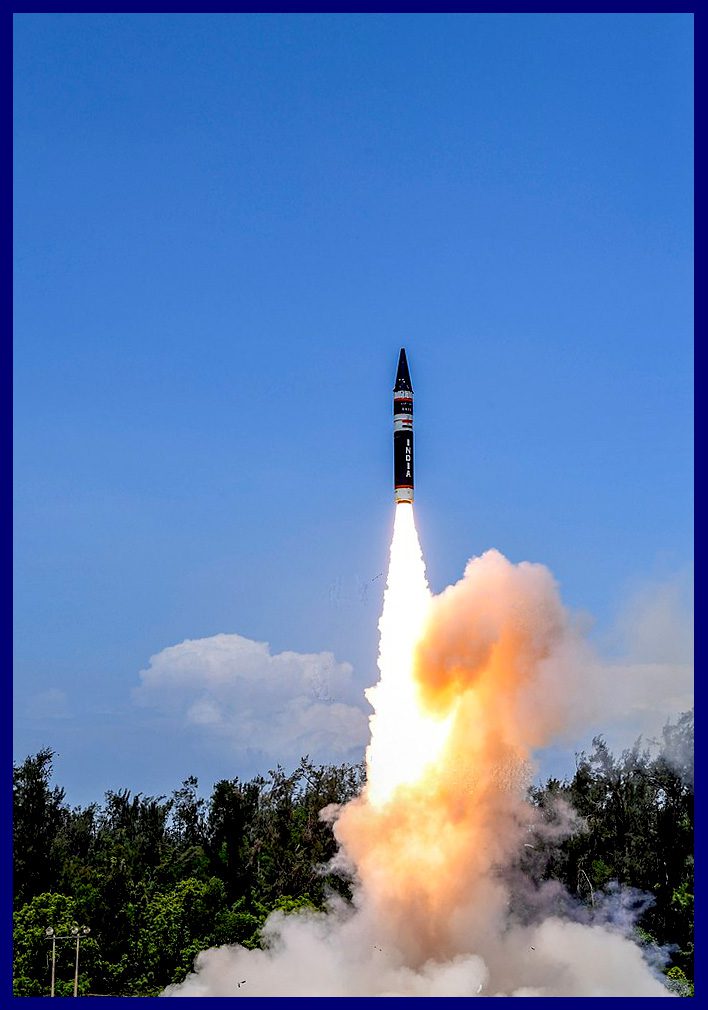
About Agni-Prime
This missile represents the next-generation successor to the previous Agni-I and Agni-II missiles. It features notable enhancements such as a composite motor casing, a Manoeuvrable Reentry Vehicle (MaRV), and improved propellants, navigation, and guidance systems. The missile is equipped with an upgraded guidance package and propulsion system, enabling it to cover a maximum distance of 2,000 kilometres while carrying a 1.5-ton payload. It falls under the Medium Range Ballistic Missile (MRBM) category.
The Agni-Prime missile is primarily designed to address security concerns related to Pakistan, given that its range is not extensive enough to reach all regions of mainland China. Nevertheless, there are indications that DRDO is actively working on developing an anti-ship missile based on this platform, commonly referred to as a “carrier killer.” Maximizing manoeuvrability versus missile defence systems and improving accuracy for precision strikes are two goals that drove the development of this technology.
Salient Features of Agni-Prime Will Be
- Agni-Prime represents a modern, advanced iteration within the Agni Class of Missiles.
- This missile is canisterized and comprises two stages
- It boasts a range spanning from 1,000 to 2,000 kilometres
- In India’s missile stockpile, it is the first “announced” MIRV missile.
- Agni Prime weighs half as much as Agni III.
- Agni-Prime is transportable by rail and road and has a longer storage life.
- In accordance with operating needs, it can be transferred anywhere in the nation.
- Targeting enemy ships in the Indo-Pacific Ocean is possible with it.
Moreover, don’t miss the golden opportunity to own an exquisite and awe-inspiring scale model of the MiG-29A Fulcrum fighter jet, conveniently available exclusively on AirModels. These remarkable and iconic military jets boast an impeccable track record and are now available for purchase with worldwide delivery. Click here now to secure your piece before the limited stock is depleted.

In conclusion, the Agni missile system stands as a testament to India’s dedication to safeguarding its national security interests and maintaining strategic stability. With its range of variants designed for different operational requirements, these missiles have evolved to become a vital component of India’s defence arsenal. They not only provide a credible deterrence against potential threats but also symbolize India’s commitment to maintaining peace through strength.
The Agni missile system’s advanced technology, precision, and mobility enable it to respond effectively to various security challenges, making it an indispensable asset for the country’s defence forces. As India continues prioritising its defence modernization efforts, the Agni missile system remains a critical pillar in ensuring the nation’s security and sovereignty in an ever-changing global landscape.
Important Announcement for Our Valued Readers!
After an article is published, it is possible that updates or changes may have occurred beyond the time of publication. Therefore, it is important to be aware that certain information in the article might be outdated. To ensure the most accurate analysis, it is highly recommended to verify the content with the latest sources available.
However, we are dedicated to delivering outstanding articles on military products and global updates. Maintaining quality and smooth operation requires resources. Your support sustains our efforts in providing insightful content. By purchasing high-quality products through our affiliated links, you help us keep our platform alive and acquire top-notch items. Your unwavering support is invaluable and inspires us to strive further.
We welcome your suggestions and requests for more information, as we value feedback from our readers. If there’s specific defence material or equipment not covered on our site, please share your request in the comments. We’ll strive to research and provide the required information. We sincerely thank you for your unwavering interest in our website, and we eagerly anticipate hearing from you! Enjoy your reading experience!
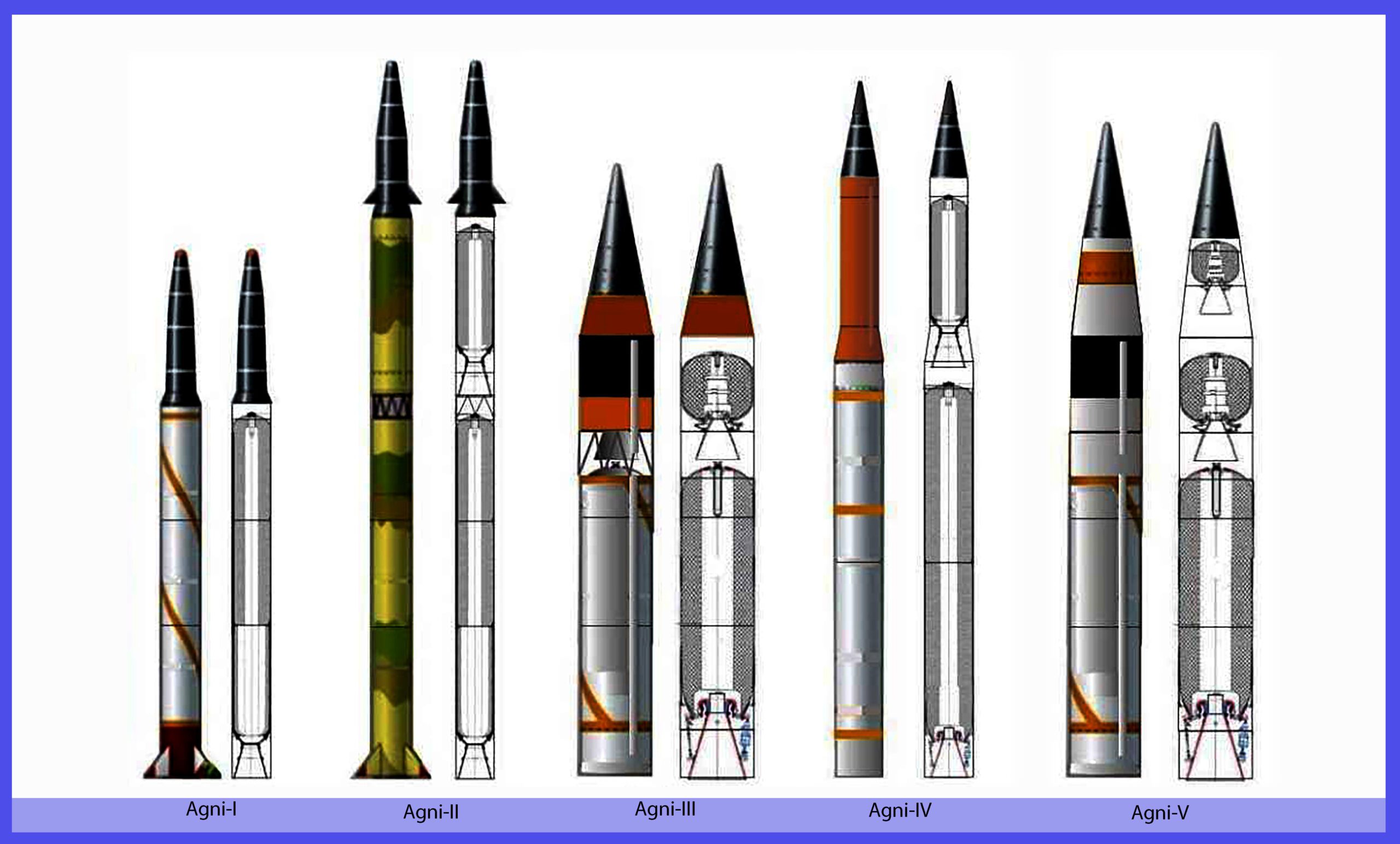
2 thoughts on “Explore the Best of India’s Agni Missile”